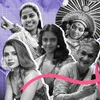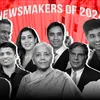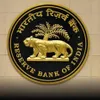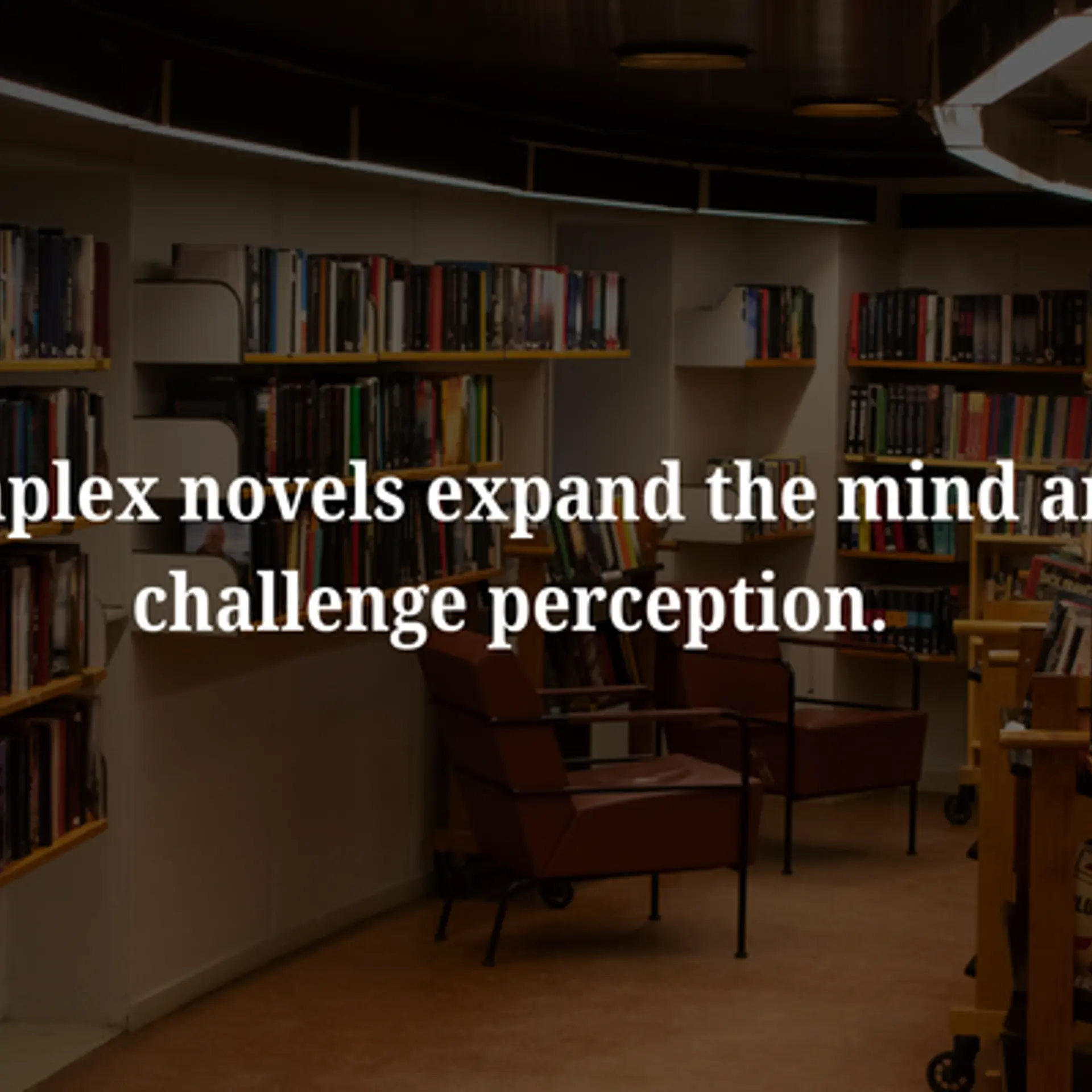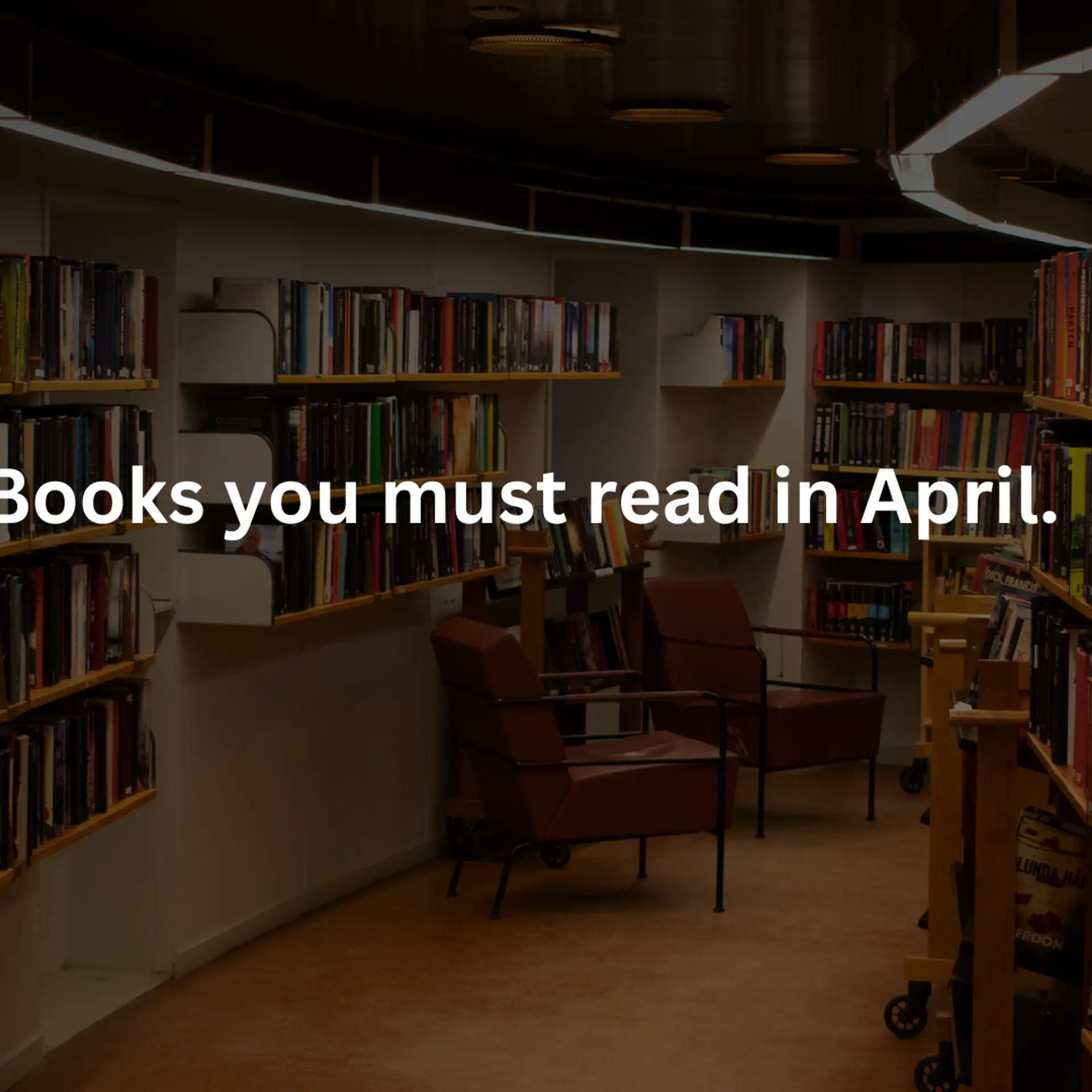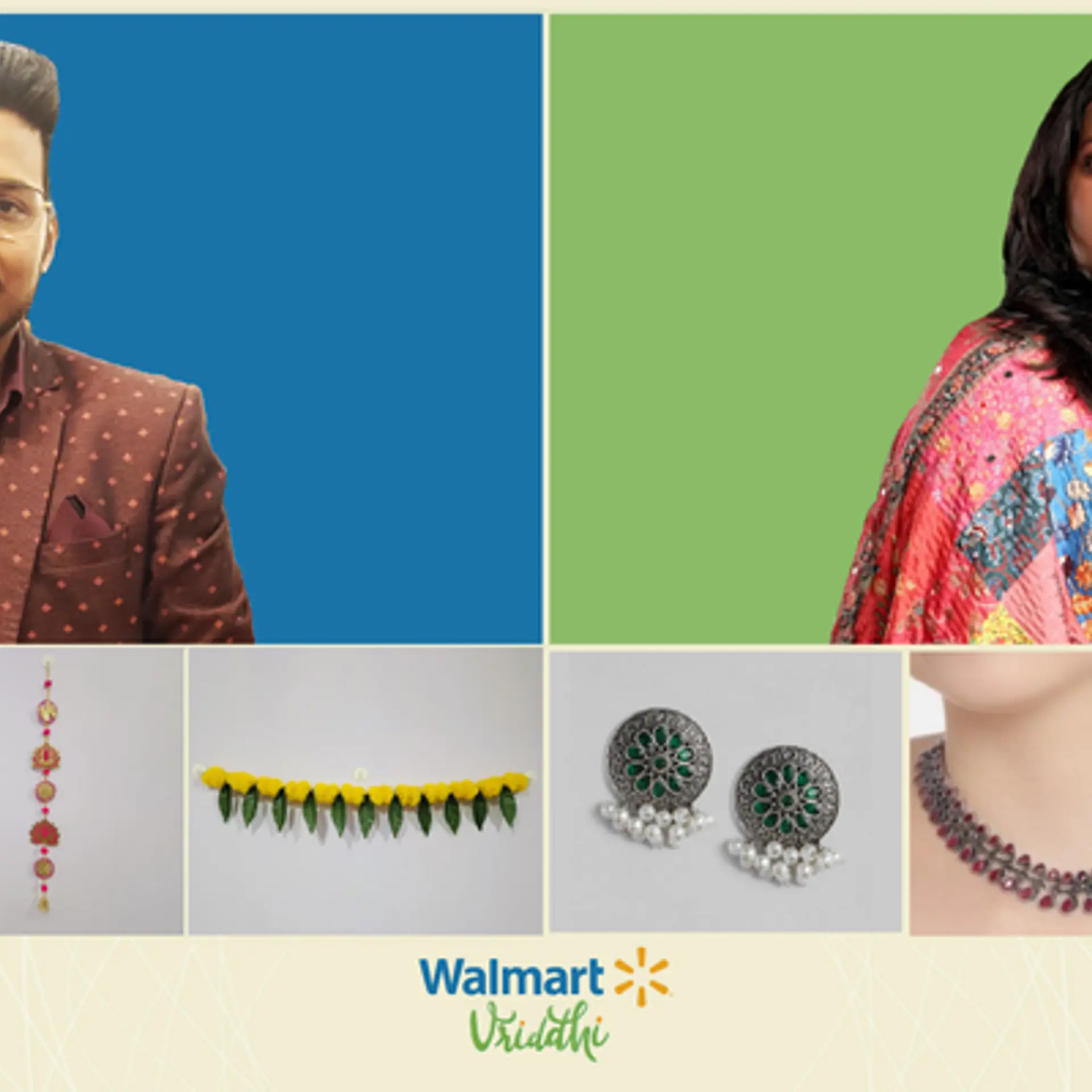Creators and curators: Tips for creative success from the Serendipity Arts Festival
We wrap up our photo essay series on this outstanding cultural festival in Goa with artistic highlights and creativity tips. Enjoy!
Launched in 2014, PhotoSparks is a weekly feature from YourStory, with photographs that celebrate the spirit of creativity and innovation. In the earlier 840 posts, we featured an art festival, cartoon gallery. world music festival, telecom expo, millets fair, climate change expo, wildlife conference, startup festival, Diwali rangoli, and jazz festival.
The Hero Group’s annual Serendipity Arts Festival (SAF) in Goa is gearing up for its tenth edition. In this photo essay, we showcase more artworks and insights from the curators and creators at the ninth edition (see our coverage of the past three editions of SAF here).

The importance of arts and design
Praful Makwana, Founder and Creative Director of Sepia.stories, sees artists and designers playing an important role through cultural expression and socio-economic change. “They reflect and preserve cultural heritage, values and identity. Art fosters dialogue and understanding across diverse communities,” he observes.
“Art and design encourage creativity and critical thinking, influencing future generations. Through provocative or socially relevant themes, art can also raise awareness of societal issues and inspire action,” he adds.
Design enhances everyday environments, thus improving functionality and beauty in public and private spaces. “The creative industries contribute to economic growth and job creation, supporting local and global economies,” Makwana affirms.

As an art educator, crafts curator Kristine Micheal hopes that more creative handmade work is taught in schools as an essential part of the curriculum and not just as an extracurricular activity. “Too often, the arts and crafts are reduced due to the focus being on STEM instead of STEAM,” she cautions.
For broader impact, art appreciation in India needs to begin at the school. “Artistic practices need to go across strata of society – art is not only for collectors or for the elite,” says Sumir Tagra of Delhi-based artist duo Thukral & Tagra.
Art should be out on the street and in other public spaces. “People should have access to art and ways to understand it,” he advises.

Festival impacts
The festival had broad and deep impacts on visitors and artists. “What surprised me most at SAF was the depth of audience engagement, with people connecting with art in ways we hadn’t anticipated," says Smriti Rajgarhia, Director of Serendipity Arts Foundation.
"The feedback has been incredible. Many have described SAF as a space of discovery and inspiration,” she adds.
The response at SAF was amazing as well for Sonika Bansal, Founder of jewellery brand Neti Neti. "People loved the idea of wearing a story shaped by nature. Many suggested creating personalised pieces, which I am excited to explore,” she recalls.

There is a need for a broader celebration of craftsmanship. “There should be spaces where people can experience and engage with handcrafted art. Festivals like SAF are crucial for bridging that gap and showing the value of artisanal work,” Bansal says.
“Our brand is about celebrating the beauty of nature and turning it into something timeless. Platforms like SAF help me share this journey," she acknowledges.
SAF helped her connect with people who appreciate the art of storytelling through fashion and design. Her brand is known for its commitment to natural materials and authentic designs.

Trends in Indian arts
As trends in the art space, Hero Group’s Sunil Kant Munjal, founder of SAF, observes that more funding from corporate India is targeting arts and culture. “There are new museums, galleries, theatres, and festivals that have emerged in a number of cities,” he says.
Examples include the Museum of Art and Photography, Science Gallery, Neeta Mukesh Ambani Centre, and a new museum by Kiran Nadar. “I am delighted with this development. I hope and wish we see more action, with more members from industry, foundations and wealthy families getting engaged,” he enthuses.
Serendipity Arts Foundation is also launching a fellowship programme for leaders of cultural institutions. “This is important for India today, which is rising in every respect. It is about time our arts, heritage, and cultural ethos also get the same space,” he affirms.

One of the outstanding experiential tracks at SAF was on heritage cuisine and local food. It was curated by Anusha Murthy and Elizabeth Yorke, co-founders of Edible Issues.
“To promote Indian cuisine globally and garner more recognition, it is essential to first unpack the question of what is even ‘Indian’ cuisine. This itself is a complex tapestry of narratives shaped by identity, climate, cultural transitions, and historical exchanges,” Murthy observes.
The curators want more people to ask more questions about the food system. “It is about sparking curiosity, encouraging deeper exploration, and creating space for dialogue around the complexities of food, culture, and identity,” Yorke says.

Bouncing back from failure
Learning from mistakes and failures is a key part of the artistic journey. This involves experimentation, feedback, reflection, documentation, and collaboration, according to Praful Makwana.
“Analysing what went wrong helps identify areas for improvement. Trying new techniques fosters growth and can lead to unexpected successes. Seeking constructive criticism from customers, competitors, peers, or mentors can provide new perspectives,” he explains.
Keeping a journal of processes and outcomes allows artists to track their development and revisit lessons learned. “Embracing failures as part of the creative journey encourages perseverance and innovation,” Makwana affirms.

Working with other artists can introduce new ideas and techniques. “This enriches one’s own practice. By adopting these strategies, artists can transform setbacks into stepping stones for future creativity,” he suggests.
“We just need to address our failures and keep on moving towards the unknown. Art is the only place in which we may not know where we will reach. We begin with something, and then we end up somewhere else,” curator Sumir Tagra observes.
Mistakes are part of the creative process. “Working with natural materials has taught me to embrace imperfections—they often lead to unexpected beauty. Every setback pushes you to adapt and refine your vision,” says Sonika Bansal of Neti Neti.

Success tips
The artists and curators also offer tips for aspiring creators. “Be your true self and do not hesitate to express it. Your real self and value system will reflect in your work and fetch you the right slice of niche,” Makwana suggests.
There are careers in the music industry not just as performers but also as event managers, promoters, designers, and talent scouts. “To be a successful musician takes at least a good two decades of learning,” music co-curator and tabla maestro Bickram Ghosh suggests.
Another challenge for musicians is to reach and retain audiences. “In the days of MTV, Channel V and Binaca Geetmala, it was enough to be featured there for the whole country to hear you. Now, you have to release and promote your music yourself,” he observes.

“You need patience and perseverance. When you learn well, work hard, and are patient, probability says that you will reach your destination,” Ghosh advises.
Musicians in India also need to be as professional as their global counterparts. “They must try and get as much international exposure as possible. This means playing as well as watching and learning,” music co-creator Zubin Balaporia emphasises.
The education ecosystem for musicians should include a comprehensive curriculum and preparation for students on how to go out into the world and look for jobs. “Teachers should have the ability to mentor, encourage and motivate students to get very serious about their art,” he adds.

The music industry is a very competitive field. “One has to be professional and well-rounded to be successful,” Balaporia adds.
Edible Issues’ Elizabeth Yorke also offers tips for aspiring culinary professionals. “Be curious and move beyond the kitchen. Food does not start and end with what is on the stove – it is deeply connected to the landscape, the people, and the environment,” she suggests.
“Explore biodiversity, learn about the ingredients you work with, and understand the cultures and histories behind them. Do not be afraid to get uncomfortable—whether it is experimenting with new flavours, techniques, or stepping into unfamiliar environments,” Yorke advises.

“Stay true to your vision. Let your materials guide you, and don’t be afraid to experiment. It is the imperfections that make your work unique and memorable,” Bansal suggests.
Creating art today can be harder than it ever was before because there is so much distraction around. “But to succeed you need depth, so it is key to be grounded and work on your original ideas,” Tagra recommends.
“For aspiring artists, I would say embrace collaboration. It is in the intersections of disciplines that the most groundbreaking ideas emerge,” Smriti Rajgarhia signs off.
Now what have you done today to pause in your busy schedule and harness your creative side for a better world?










(All photographs were taken by Madanmohan Rao on location at SAF.)
Edited by Suman Singh



